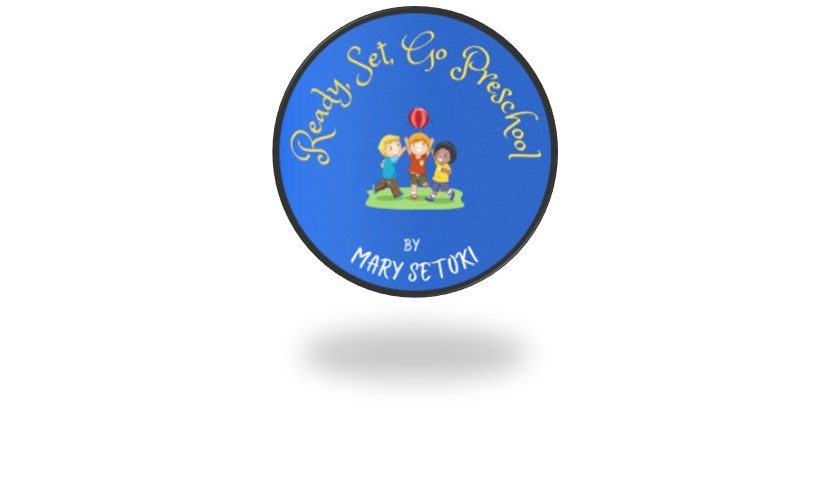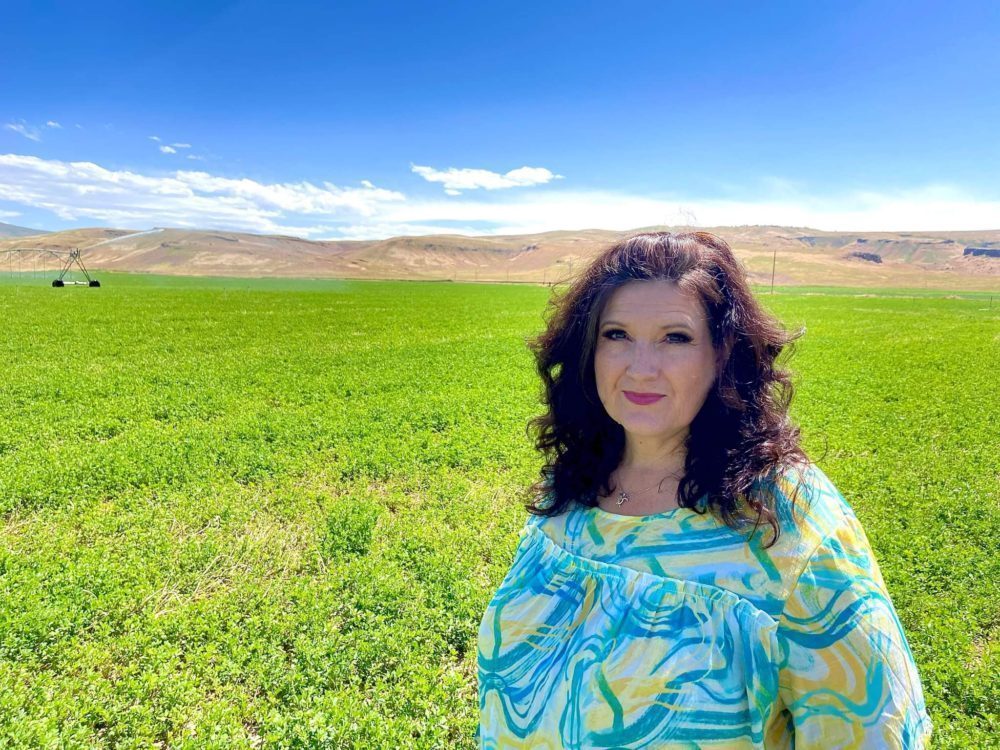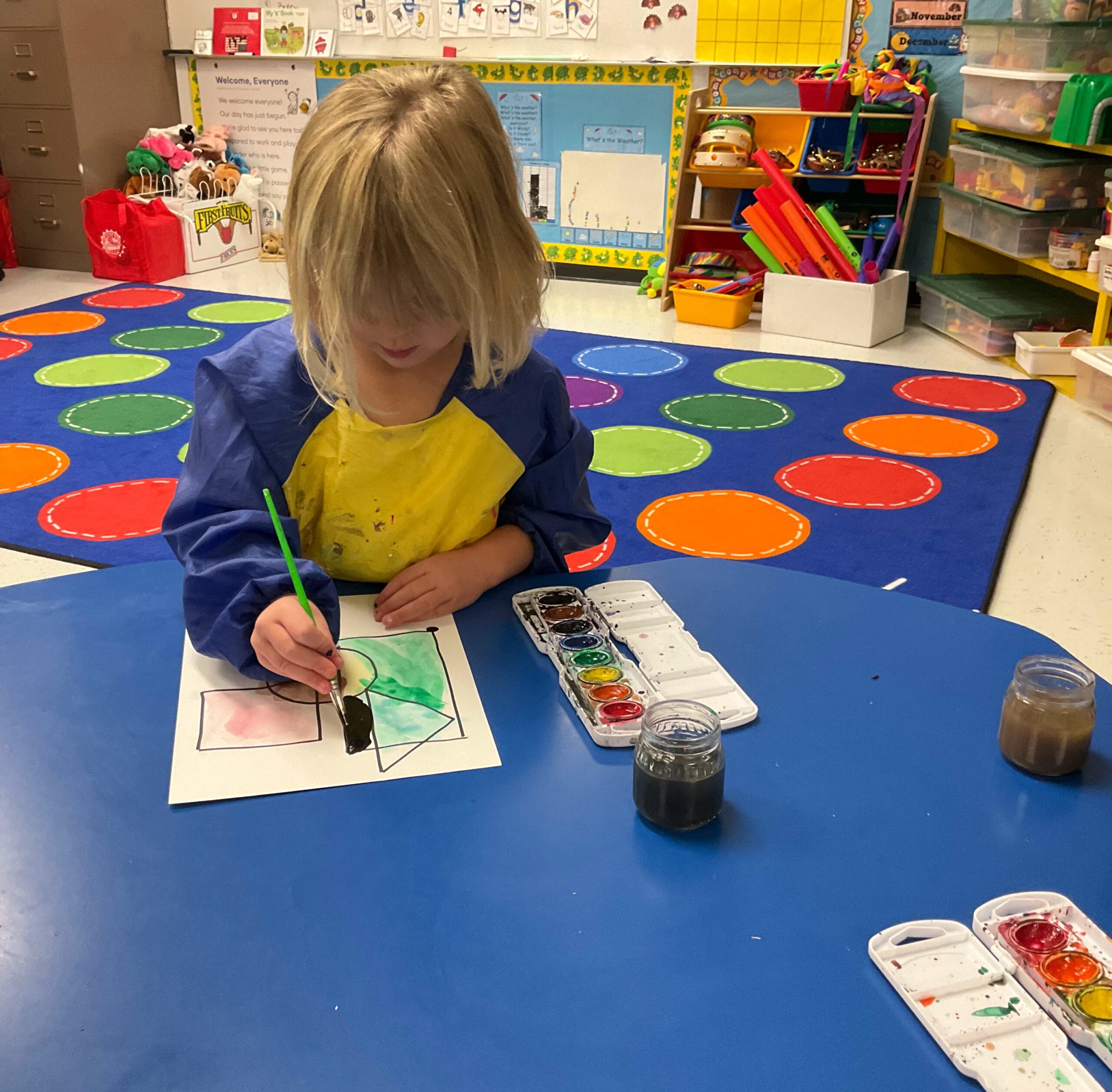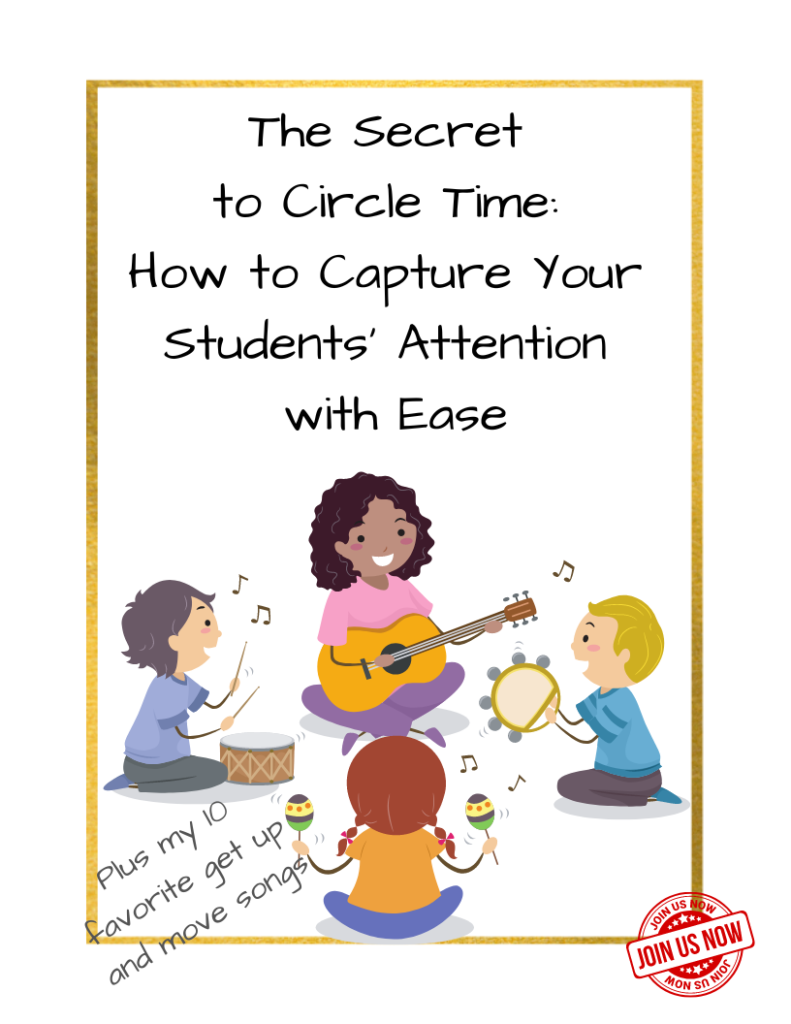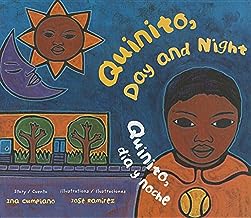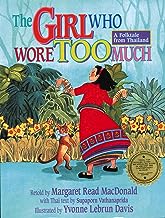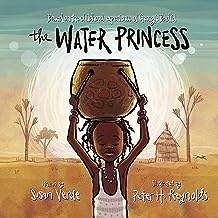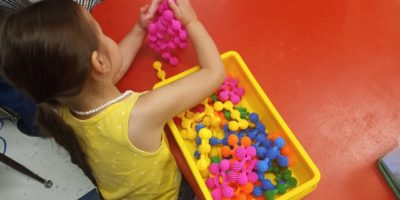As the new school year approaches, early childhood educators can anticipate the challenges and joys of greeting a fresh cohort of young learners. However, this year might present unique circumstances that we have never experienced before. Whether you’re an experienced educator or a newbie, I hope you find value in these essential tips to navigate your way through the back-to-school season as we discuss how to be a successful preschool teacher.
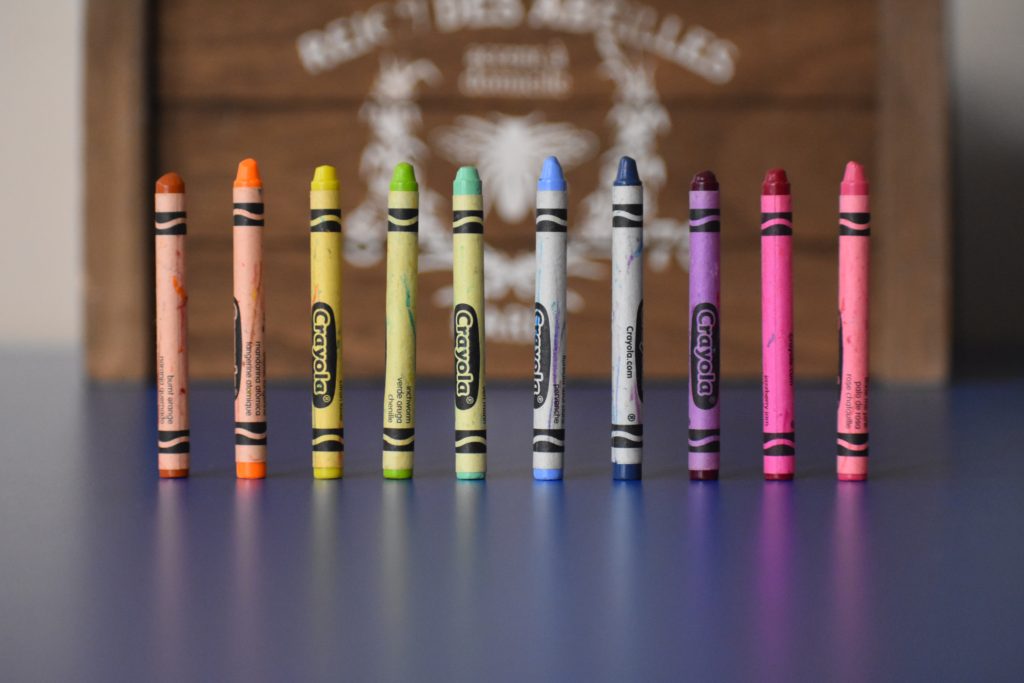
9 Essential Back-to-School Tips for Preschool Teachers
#1
Stay Informed and Prepared
Before the academic year begins, take some time to familiarize yourself with any changes in policies, curriculum updates, or guidelines from educational authorities. Keep in touch with school administration and participate in any relevant training sessions that may help you start the year confidently. And if your school requires you to watch school safety videos each year, be sure to check that off your list ASAP. Being prepared will not only boost your confidence but also enable you to address any challenges effectively.
#2
Create a Welcoming Environment
The early childhood years are crucial for establishing a strong foundation for future learning. Make your classroom a welcoming and nurturing space that encourages children to explore, grow, and feel secure. Decorate the walls with engaging visuals. Make sure to leave space for children’s artwork. Set up appropriate learning centers, and organize age-appropriate materials that spark curiosity and creativity. As the children start coming, take some time each day to “introduce” a new learning center. Spend time in that center playing with children and showing them what resources are available to them and how to use them.
#3
Develop Strong Relationships with Students and Parents
Building strong relationships with your students and their parents creates a supportive and collaborative learning environment. Take the time to get to know each child individually, their interests, and their learning styles. Establish open communication channels with parents, such as regular newsletters, parent-teacher conferences, and online platforms. Each year, I set up a private Facebook group for the parents in my preschool classes. I am able to reach more parents through this Facebook group than through email. Parents love when I share photos of their children working and playing with other children. And the children love when I post pictures for their parents to see. When a child is proud of something they have built, or a piece of artwork, they often ask me to take a picture and post it for their parents to see. When both students and parents feel valued and involved, it leads to a more positive educational experience.
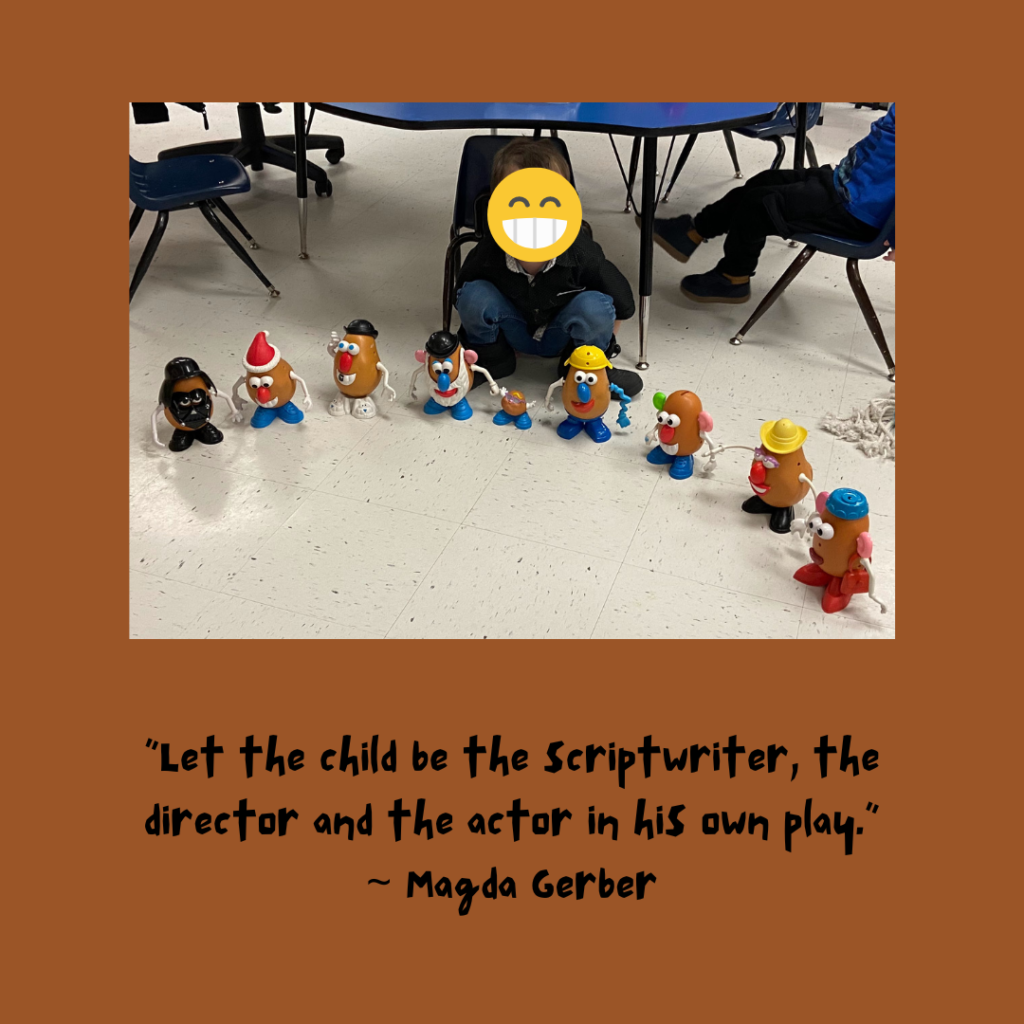
#4
Embrace Technology
In today’s digital age, integrating technology into the classroom is essential. Explore educational apps, websites, and interactive programs that enhance learning experiences and encourage active student participation. Engaging with technology can foster creativity, critical thinking, and problem-solving skills in early learners. My favorite apps are Starfall, Seesaw, Endless Alphabet, and Endless Numbers.
#5
Maintain a Consistent Routine
Establishing a predictable routine is crucial for young children. Create a daily schedule that incorporates periods for group activities, individual exploration, outdoor play, and rest time if you are an all-day preschool. Make a visual schedule. I made picture word strips (2.5″ x 10″) with pictures that I took of our classroom that show where the activity takes place. Try the visual schedule template below and edit it as you see fit. We begin our day with, Checking in with our Emotions, and then Brain Boxes. The first word strip has a picture of our emotions wall with the words check-in. And under that word strip, I put the strip with a picture of our brain boxes and the words, brain boxes. Consistency helps children feel secure, allows them to focus better, and reduces challenging behaviors. Communicate the routine with parents so they can support it at home as well.
#6
Foster Inclusive and Diverse Learning
Celebrate diversity and build an inclusive classroom environment by introducing stories, games, and activities that reflect different cultures, abilities, and backgrounds. Encourage children to appreciate and value differences, fostering a sense of respect, empathy, and inclusivity. Here are some things that I have done in my classroom even before inclusiveness and diversity were such hot topics. First, I purchased newborn-size dolls with different skin tones and eye shapes, and colors. Next, we trace each child’s body and then paint them. We talk about what their hair looks like. Is it straight, curly, short, or long? What color is it? We talk about what color their skin is and what color their eyes are. I purchase multicultural crayons so that children can find the right color for their self-portraits. We also talk about how we are different, but how we are all the same. For example, Wesley has light, curly hair, and Tony has dark straight hair, but they both love to play soccer. Here are the crayons, dolls, and a few of the books that I use. Click on the image for more information.
#7
Utilize Differentiated Instruction
Each child has a unique learning style and pace. To cater to individual needs, implement differentiated instruction strategies. This includes providing various materials, activities, and assessment methods to support varying abilities, interests, and learning preferences within the same classroom. One of the most important things to learn in how to be a successful preschool teacher is that we meet children where they are. If a 3-year-old comes to you knowing all of his letters, you start there and scaffold the next steps. If a 3-year-old comes to you and can’t name any letters, you start there. Open-ended activities make it easier to join a child in play and find their zone of proximal learning. Lev Vygotsky’s defines this as the space between what a learner can do without assistance and what a learner can do with adult guidance or in collaboration with more capable peers.
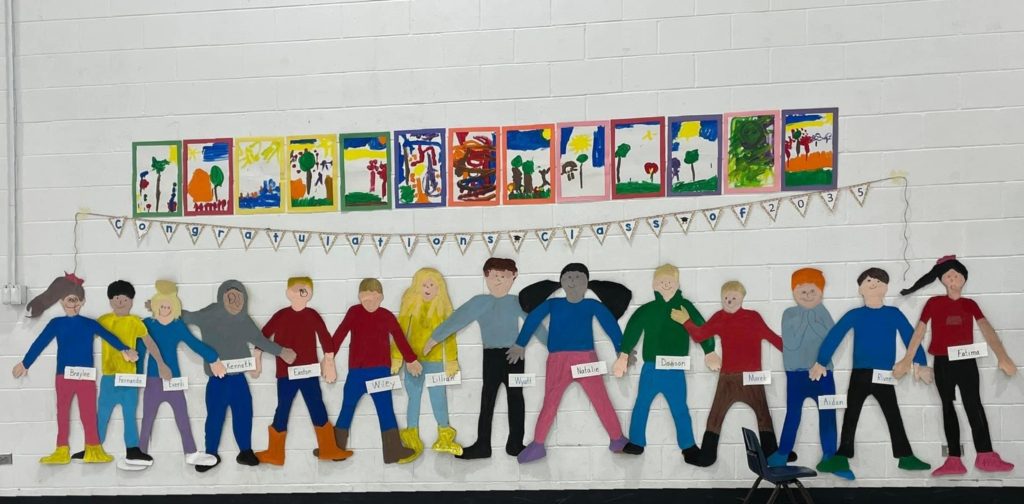
#8
Collaborate with Colleagues
Engaging with fellow educators can be highly beneficial. Collaborate and share ideas, resources, and best practices with your colleagues. Attend professional development workshops, webinars, or conferences, both within and outside your school, to expand your knowledge and enhance your teaching techniques. As a teacher, I don’t like to be caught off guard by a new term or teaching theory. If I hear people talking about a topic that I’m not 100% comfortable joining the conversation, I make a point to study it and become an “expert” on that new thing.
#9
Take Care of Your Well-being
As an early childhood educator learning how to be a successful preschool teacher, it is essential to prioritize self-care. Engaging in activities that reduce stress and promote well-being, such as exercise, meditation, or hobbies, is crucial. Reach out for support from colleagues, mentors, or counselor services if needed. Taking care of yourself ensures that you can provide the best possible care and education to your students.
If you are not at your best,
You cannot give your best.
How to Be a Successful Preschool Teacher
Back-to-school preparations for early childhood educators are filled with excitement and anticipation. By following these essential tips, you can create a positive learning environment, foster meaningful relationships, and navigate through any challenges that arise. Remember, your role as an early childhood educator is not just to teach but also to inspire and empower the next generation of learners. Good luck with the new school year! If you should have other preschool questions or concerns, you can click on the links in the Visual Schedule Template to join my newsletter, follow me on TPT, or follow me on the listed social media platforms.
